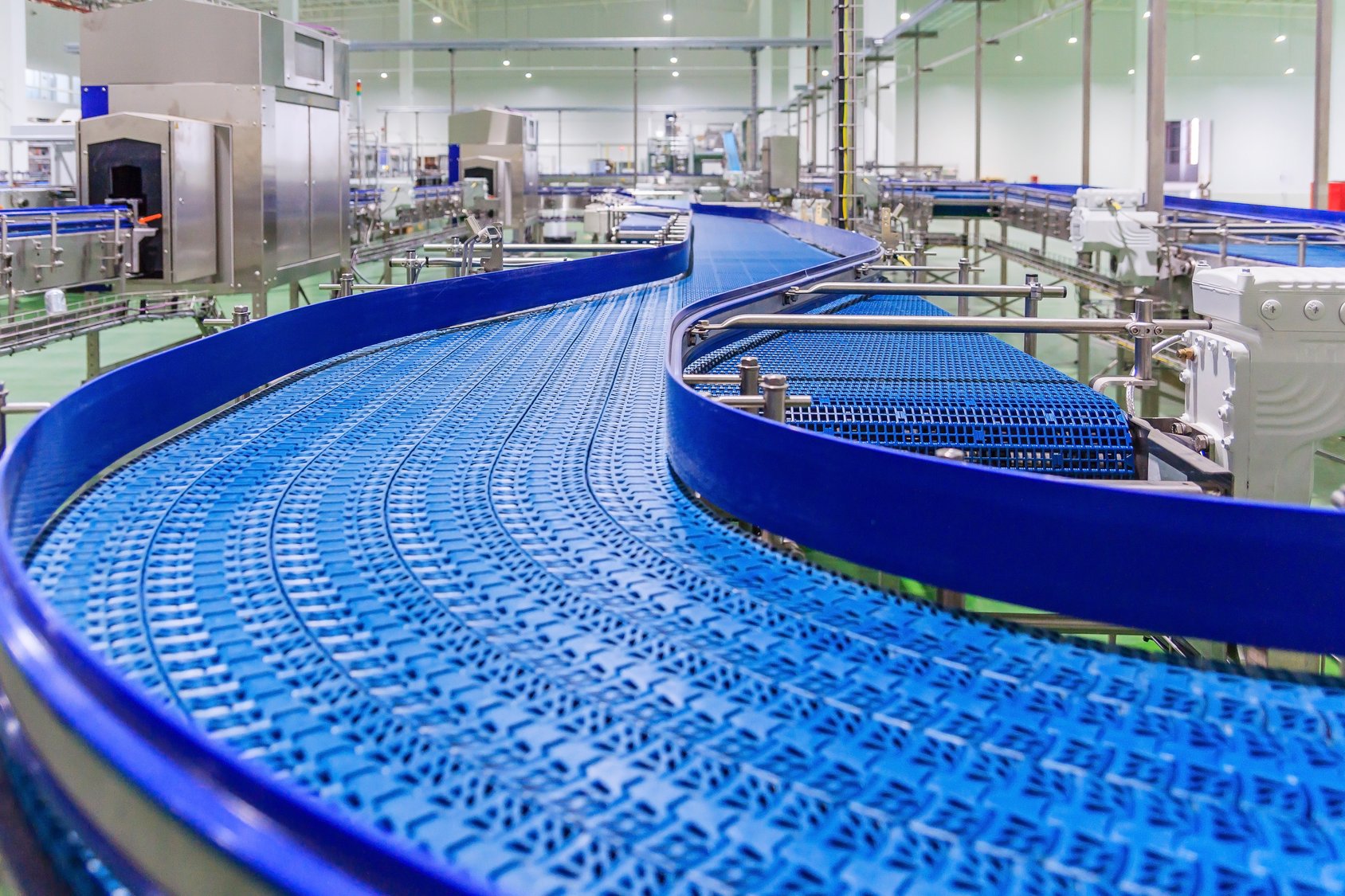When is standard costing the best option?
The Visual South team works with hundreds of manufacturers with varying manufacturing modes. Many of our customers fall in the “to order” category. That means they are mostly make-to-order; and within that category they are either engineer-to-order, configure-to-order, assemble-to-order, project based, and mixed mode (they build some sub-assemblies to stock that can be used as a component part, finished good, or replacement part). The predominant costing method for “to order” companies is actual costing.
However, many companies use standard costing, which is significantly different than actual because of how costs are captured, inferior analytical abilities of costs, and the level of complexity. We typically see build or make-to-stock companies use standard costing. Many of these companies are build-to-forecast and build-to-inventory to ship from stock. The finished goods in this environment are typically the same product over and over with large production runs, versus the high variety of product mix seen on the “to order” types of companies.
Learn more about Standard Cost vs. Actual Cost in a Work-Order-Driven Manufacturing Company
The benefit of the repetitive nature of a product is that these companies can easily fine tune their costs and have a good estimate on what the expected costs are relative to run times, labor costs, material costs, outside services cost, and overhead and burden. These costs become the foundation used to formalize the standard costs for the finished good. It is a much easier process on the shop floor to have standard costs as well because of the simplicity. The option to go work order-less, often seen in cell manufacturing in the automotive industry, is a prime example. It’s the easy button.
Effort to obtain actual costing
Many organizations want to use actual costing, but don’t want to introduce the steps on the shop floor to capture the required information. For example, to have actual costs, actual labor time and activities needs to be tracked. The labor collection process typically requires shop floor workers to clock in and out of jobs, reporting quantity complete and capturing scrap. This takes time, and it takes software applications like Infor Factory Track. The same thing applies to capturing material costs. Workers typically must issue specific amounts of materials to the work order, so the actual material costs are captured, or at minimum, auto-issue or backflush materials are various labor steps or control points.
The key benefits of actual costing versus standard costing
The steps needed for actual costing are potentially overkill for repetitive or process manufacturing. However, many customers still capture actuals in a standard costing environment, so they have clarity on the variances (versus having limited visibility into what drives variance, whether it be labor, material, or outside services). Lack of visibility into variances is the weakness of standard costs, and when material prices become volatile, this weakness is magnified.
Take a closer look at ERP Software Requirements for Make-to-Order vs. Make-to-Stock
Some of our customers use hybrid costing due to the abilities provided by Infor CloudSuite Industrial/SyteLine ERP. Administrators can choose costing by part number. For example, you can have “to order” products use actual costing, and forecast build to inventory parts use standard costing. We also have customers who sell pass-through items, where they simply buy a product, inventory it, and sell it. This is another strong case for using standard costs.
We can provide assistance
Choosing the best or most appropriate costing method in your manufacturing environment may not always be clear. The Visual South team can give you guidance on what your options are, and which options make most sense for your organization. Please reach out to register for a free assessment and schedule your free 30 minute consultation.
Please also take time to search our blog as there are many articles there that can help educate on costing methods and activities in a manufacturing environment. For additional information on how we can help, please visit www.visualsouth.com.







